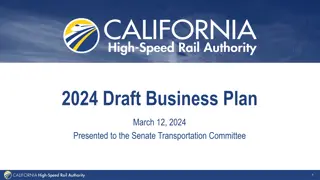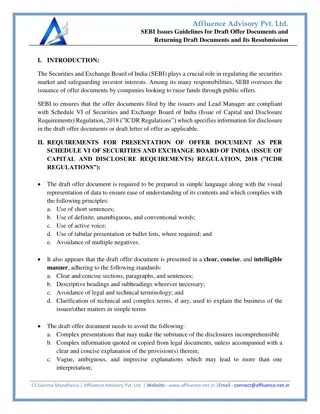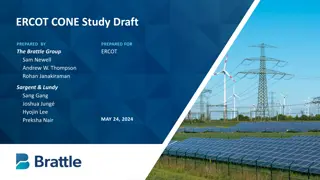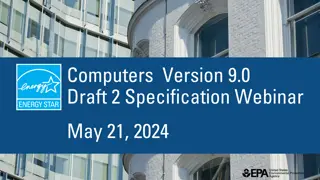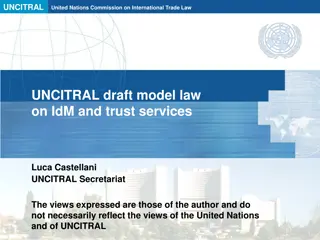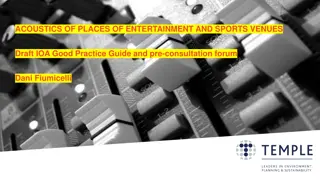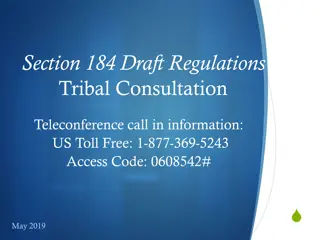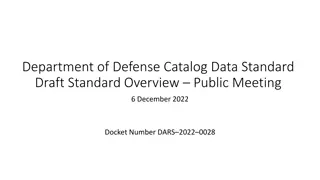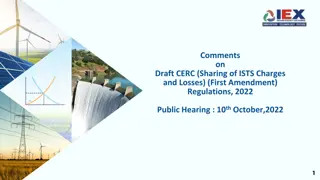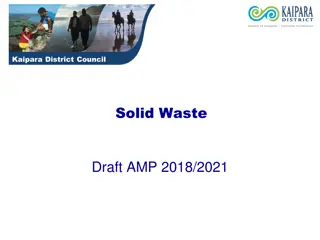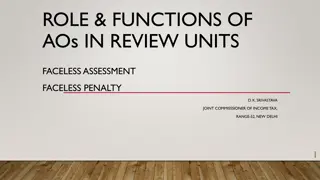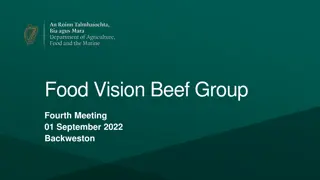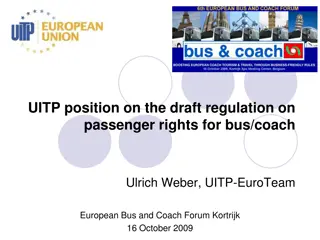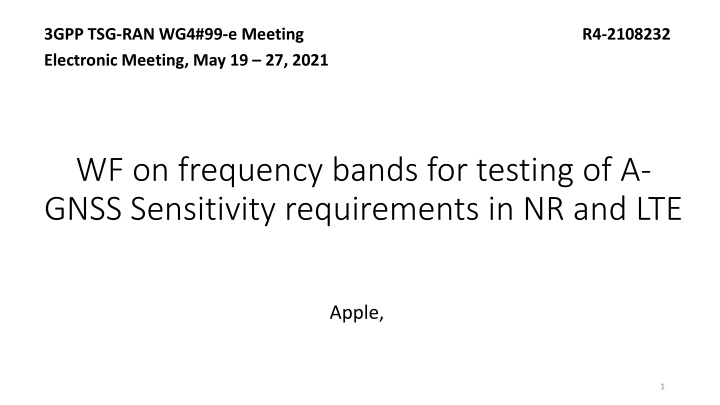
Frequency Bands Testing Discussion in 3GPP TSG-RAN Meeting
"Explore the discussions on frequency bands testing for A-GNSS sensitivity requirements in NR and LTE during the 3GPP TSG-RAN WG4#99-e meeting. Delve into contributions from Qualcomm, Apple, Xiaomi, and more, along with future plans for LTE/NB bands and EN-DC band combinations testing."
Download Presentation

Please find below an Image/Link to download the presentation.
The content on the website is provided AS IS for your information and personal use only. It may not be sold, licensed, or shared on other websites without obtaining consent from the author. If you encounter any issues during the download, it is possible that the publisher has removed the file from their server.
You are allowed to download the files provided on this website for personal or commercial use, subject to the condition that they are used lawfully. All files are the property of their respective owners.
The content on the website is provided AS IS for your information and personal use only. It may not be sold, licensed, or shared on other websites without obtaining consent from the author.
E N D
Presentation Transcript
3GPP TSG-RAN WG4#99-e Meeting R4-2108232 Electronic Meeting, May 19 27, 2021 WF on frequency bands for testing of A- GNSS Sensitivity requirements in NR and LTE Apple, 1
Background At this meeting, the following contributions are submitted in response to RAN5 LS (R4-2100021). 1. R4-2109002 Frequency bands for testing of A-GNSS sensitivity requirements in NR and LTE, Qualcomm 2. R4-2109326 Further discussion on testing of A-GNSS Sensitivity requirements in NR and LTE, Apple 3. R4-2110199 Discussion on Frequency Bands for testing of A-GNSS Sensitivity requirements in NR and LTE, Xiaomi 4. R4-2110959 Discussion on frequency bands for testing of A-GNSS Sensitivity requirements in NR and LTE, Spirent Communications 2
Way Forward LTE and NR bands for testing There are three options discussed: Option 1: LTE Bands 13, 14, 24, 44 and NR Bands n13, n14, n24, n79 and n96. In case of the same LTE and NR band supported by a UE, e.g., 14/n14, it suffices to test either LTE band 14 or NR band n14 because of the same interference mechanism (Apple, Xiaomi, Qualcomm, vivo, OPPO) Option 2: all UE supported bands (Spirent, R&S) Agreements: TBD 3
Way Forward EN-DC combinations for testing When an EN-DC configuration generates second or third order intermodulation distortion (IMD) products falling into the following GNSS L1/E1/G1/B1 typical receiver bands (where supported by the UE), it shall be considered as a candidate for testing: GPS L1 C/A : 1574.3970 1576.4430 MHz Galileo E1 / GPS L1C: 1573.3740 1577.4660 MHz GLONASS G1: 1597.5515 1605.8860 MHz BDS B1I: 1559.0520 1563.1440 MHz To further reduce testing, all EN-DC configurations are divided into groups with similar IMD level and risks. For each group, only one of the EN-DC configurations supported by the UE in the group shall be tested. Details can be found at Annex B of reference [1] 4
Way Forward For both LTE/NB bands and EN-DC band combinations, the following details are to be specified as well: E-UTRA / NR carrier frequencies Carrier bandwidth other channel configurations if necessary As RAN4 continues to introduce new bands or new EN-DC band combinations, RAN4 shall capture the aforementioned rules and maintain the lists for both LTE/NB bands and EN-DC band combinations. 5
Plan for Next Meeting Interested companied are requested to provide more analysis to the next meeting to pick an option in slide 3 Detailed CRs to 38.171 will be agreed. 6


